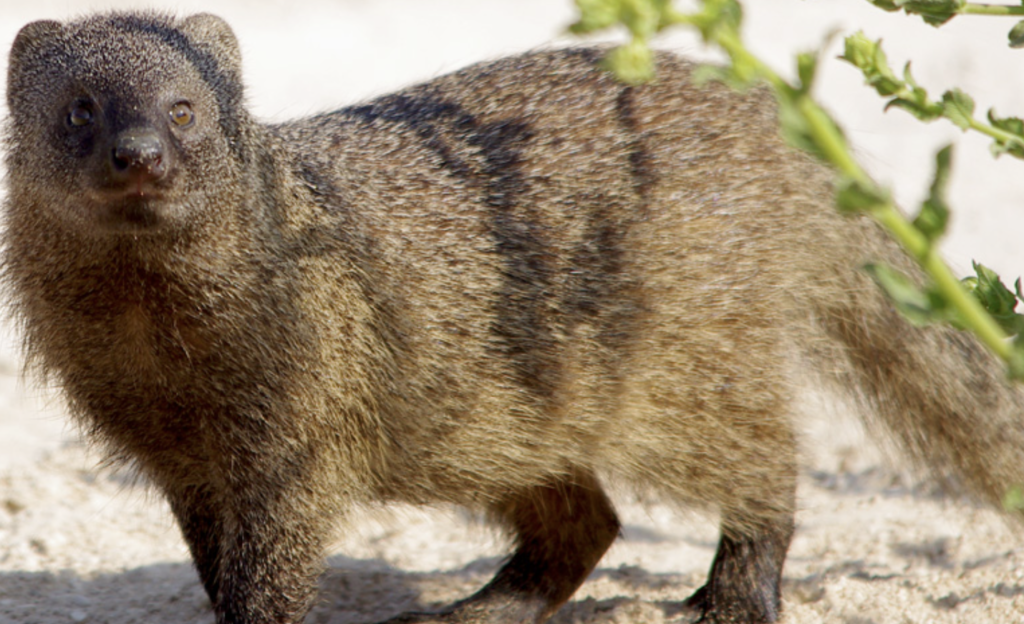Many animals start with the letter E. We are going to explore the different animals that start with the letter. The
animals belong to different species. They include some birds, animals that stay in the water, and those that fly.
The animals have different historical backgrounds that led to their names, among other associated issues.
We will have an overview of the different animals that are located in different parts of the world.
1. Echidna
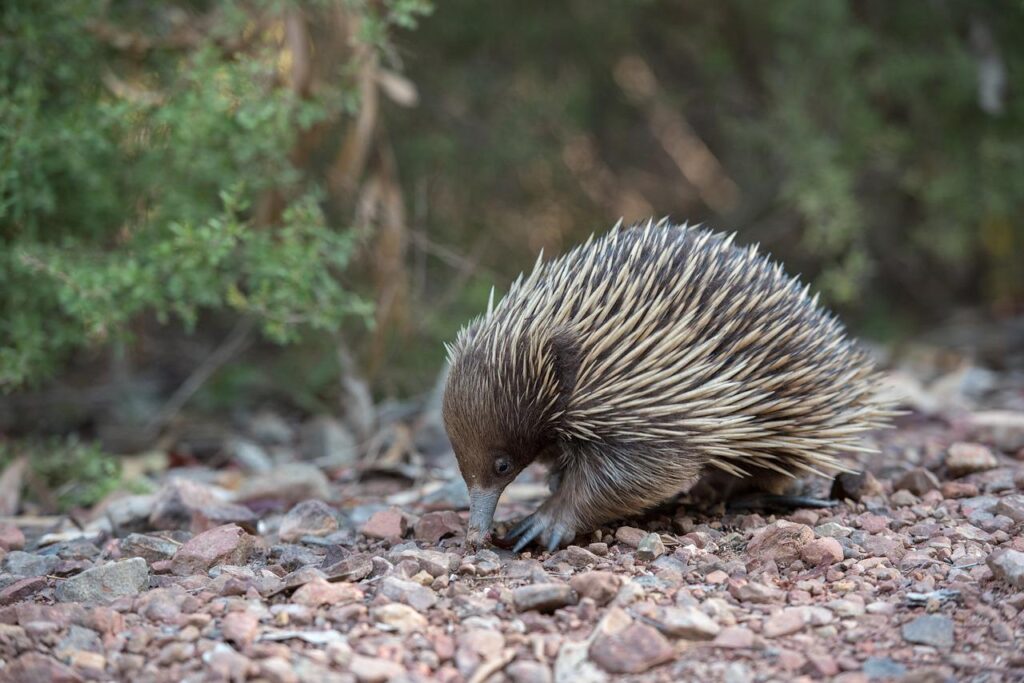
The animal is also known as the spiny anteater. The quill-covered animals belong to the tachyglossidae family. It is
among living mammals that lay eggs. The animal is known to feed on ants. It is found in areas where there are a lot
of ants because it depends on them for food.
2. Eland
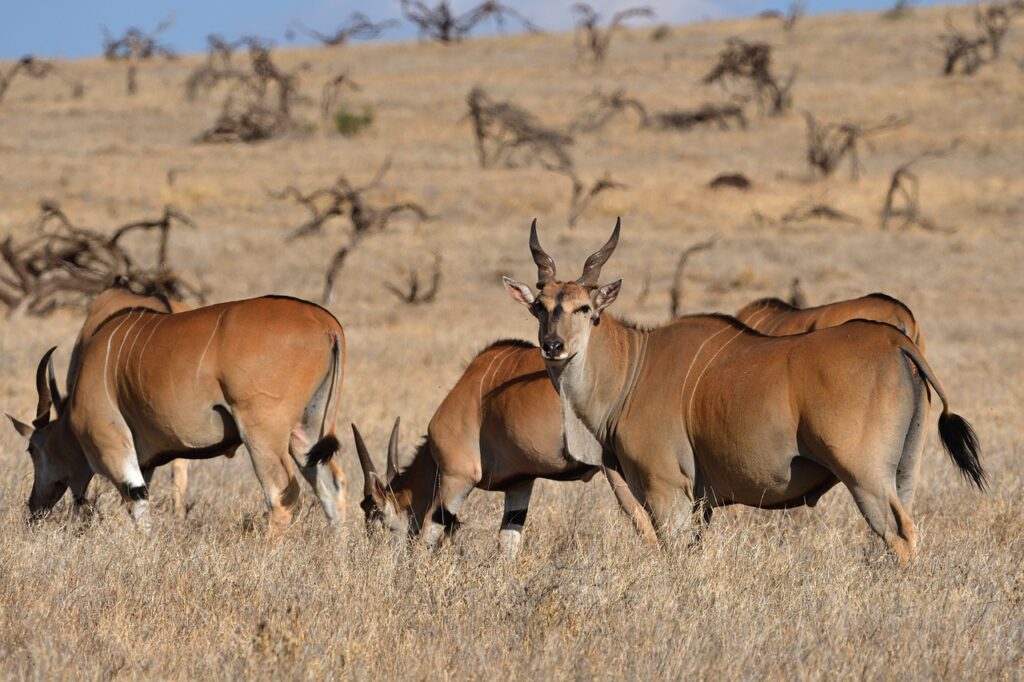
It is also referred to as the southern eland. The antelope stays in the savannah plains. Tourists enjoy seeing it
within the southern and east African jungles. It belongs to the species of Bovidae. It is characterized by fawn
coloring on its back and spiral horns. Both males and females have spiral horns. It can grow up to 2200 pounds.
3. Elephant

It is the largest land animal that can grow up to 13,000 pounds. There are three main species of elephants. They are
the African bush elephant, the Asian elephant, and the African forest elephant. They are the largest land mammals.
They have massive bodies and large ears. Long trunks are used to pick up objects. They also use their trunks as
trumpet warnings. They rely on their trunks for most of their operations. For example, they can rely on the trunk to
greet other elephants or suck up water when drinking. They are active animals that can go to the river and bath
using their trunks to lift water.
4. Elk

It is also referred to as wapiti. It is the largest species of deer in the wild. The terrestrial animal is native to
North America and Central Asia. Elk is characterized by pale gray, tan, or brown color on the top. The underneath
side of their body is darker. They have slender legs and thick necks. The legs and neck region are dark brown. Elk
are wild animals that will spend most of their time grazing.
5. Ermine
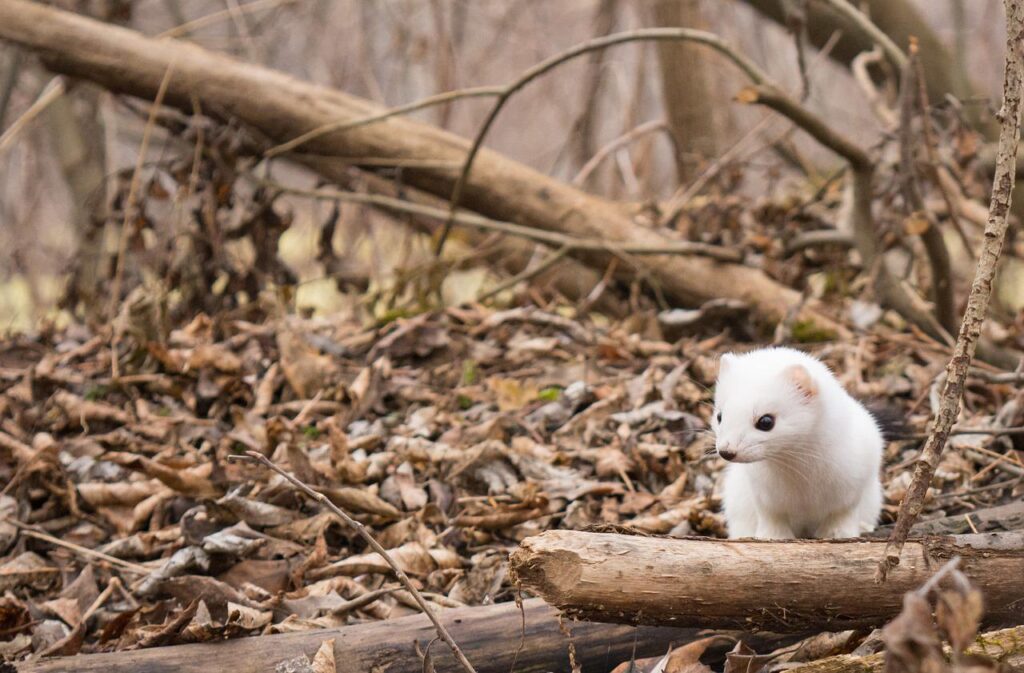
The animal is found in North America and the northern portions of Eurasia. It is characterized by a slender body and
a flat triangular head. The eyes are black and the upper parts are brown. Short ears and the rounded and furred
upper part of the body make it stand out.
6. Eider
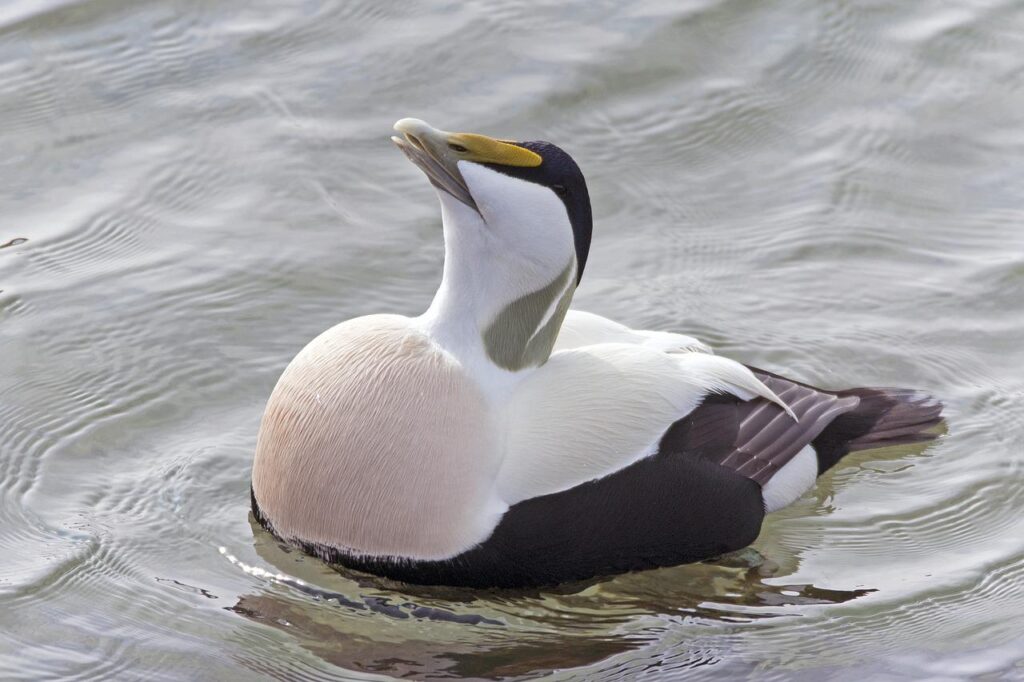
They are large animals found in the cooler latitudes. The animal is mostly found in the northern hemisphere. Eider
ducks have down feathers that are used to make pillows. Many people refer to it as a sea duck. It is well adapted to
stay near water bodies. The sea duck has been used by people staying in the northern hemisphere to collect down
feathers that are very helpful in making warm clothing.
7. Eared Seal

The animals have fur and coarse hair. The dense underfur makes them unique. Long front flippers can grow to more
than a quarter the length of their body. The flippers are leathery and have black hair. The small claws are mostly used
when swimming. Eared seals are sea animals that spend most of their time looking for food in the water.
They will relax at the shores and wait to dive into the water in search of food.
8. Ear-spot squirrel
It is a species of rodent that belongs to the family Sciuridae. They are endemic to Borneo. Ear-spot squirrels are
active in small trees. The rodents resemble plantain squirrels, but the distinct pale buffy and the small size make
them different. They have buffy patches behind their ears.
9. Egret
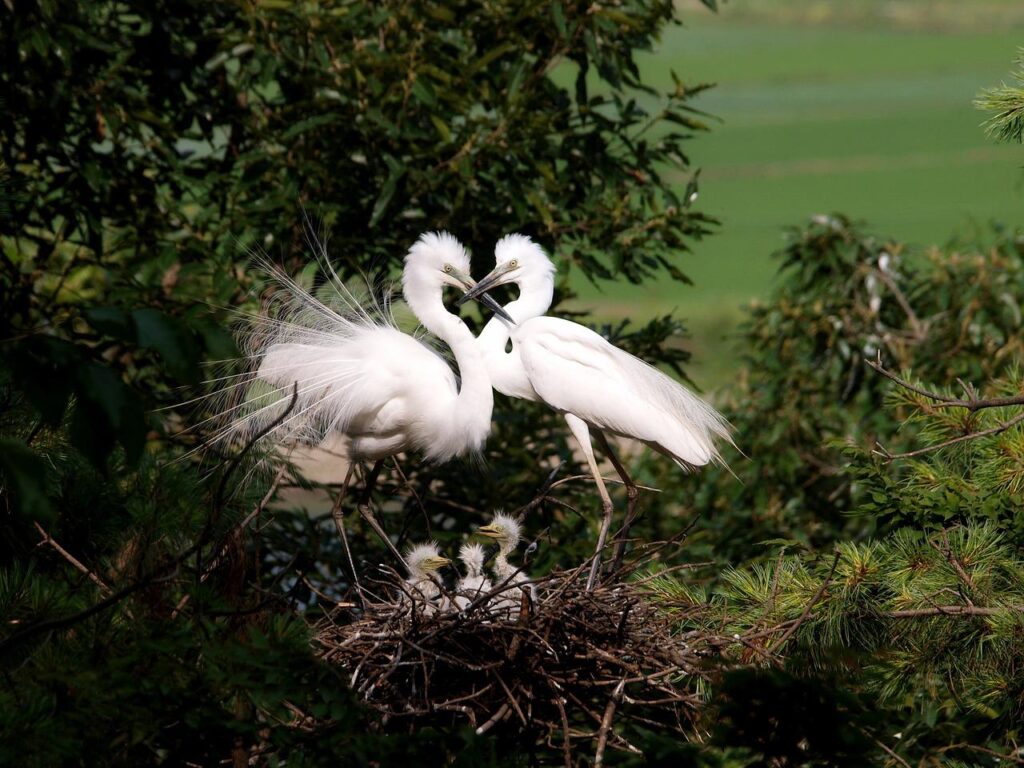
They are long-legged wading birds that feed on fish. They develop fine plumes to enable them to swim. Their tall
stature makes them well adapted to their environment. They are unique birds that have S-curved necks and long
dagger-like claws. The long necks are tucked in, and the legs extend beyond the short tail. They mostly feed on fish.
They will stay near water bodies and keep wadding in search of food. The egrets are mostly available in freshwater
lakes.
10. Earless water rat

The rodent is mostly found in New Guinea. It is well adapted to live in water. The bird has extremely long hind feet, and the toes are webbed for easy moving in the water. The forelegs are strongly reduced, making them move in water
easily. The ears are invisible and have very small eyes. The rat is characterized by a long tail and a row of hairs
that face the downside.
11. Ega long-tongued bat
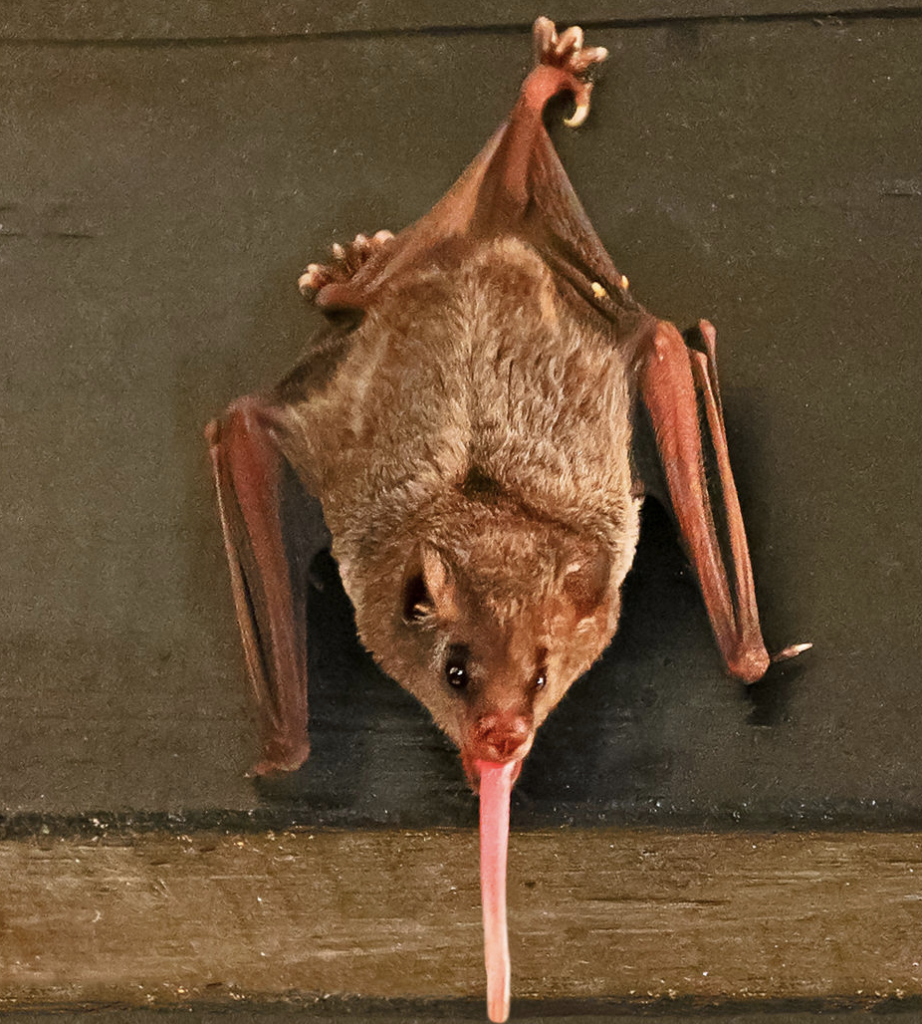
It is a bat species from South Africa. The bird is mostly found in regions such as northwestern Brazil and southern
Venezuela. The dark long-tongued bat has a tail that can grow up to 0.43 inches. It is mostly found in the jungle,
where it forages for food.
12. Egyptian free-tailed bat

The bat belongs to the species of bats in the family of Molossidae. It is characterized by dense and fine fur. Their
fur can become grayish brown. It can shade the dark fur on the head and the back. The underparts are dark. The bat
is available in the jungle and will tend to come out to hunt at night.
13. Egyptian mongoose
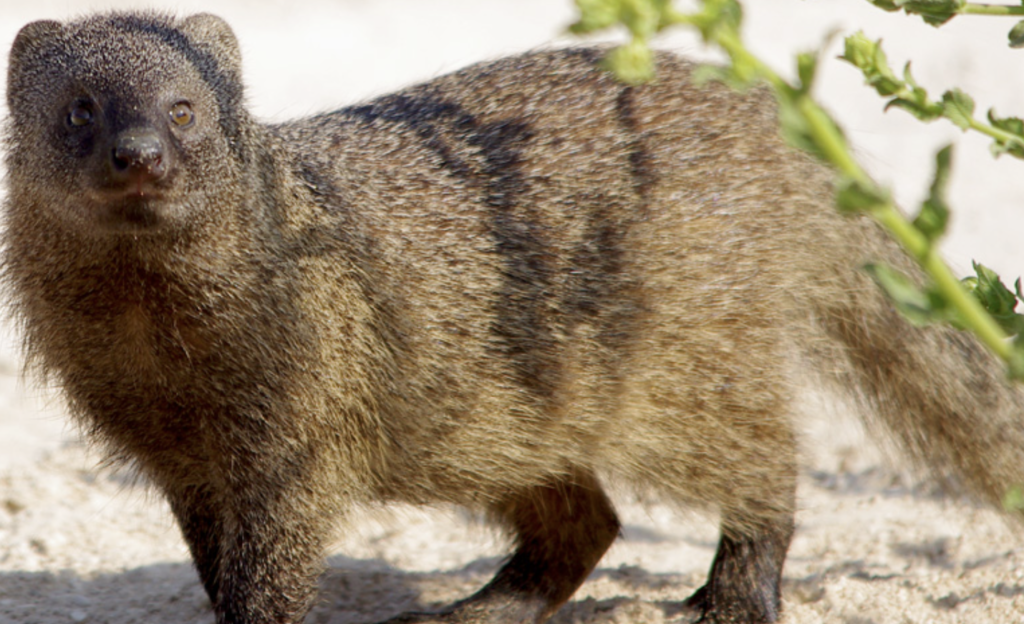
The mongoose is also referred to as ichneumon. It is a species that is native to the coastal regions. It is available
between northern Africa and the Turkish border in the Mediterranean Sea. The mongoose is also available in savannas, subtropical grasslands, shrublands, and other parts of subtropical Africa. The mongoose is
characterized by a slender body and a low-slung body. Their heads are pointed due to their shape. The ears are
rounded and the eyes come with naked skin strips surrounding them.
14. Elegant water shrew

It is species of mammal that belong to the subfamily of Soricidae. The elegant water shrew is known for its soft and
velvety fur. The dorsal side has slate-colored fur mixed with a long white guard of hairs. The ventral
side comes with guard hairs. It belongs to the genus Nectogale. The animal is common in Sikkim, China.
15. Elephant Seal
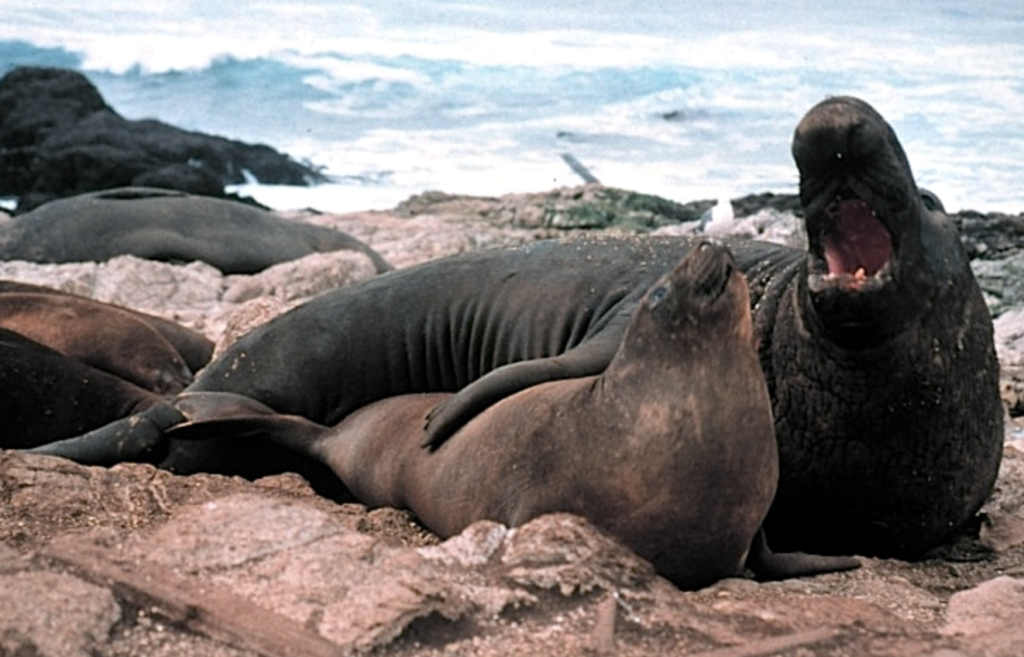
They are large earless seals that belong to the genus Mirounga. The elephant seal was once hunted to
extinction due to its oil. Their numbers have been recovering after the banning of their hunt. The adults are dark
brown and can reach puberty at the age of 7 years. They have a large inflatable nose that plays a role in their
water adaptation.
16. Elephant Shrew
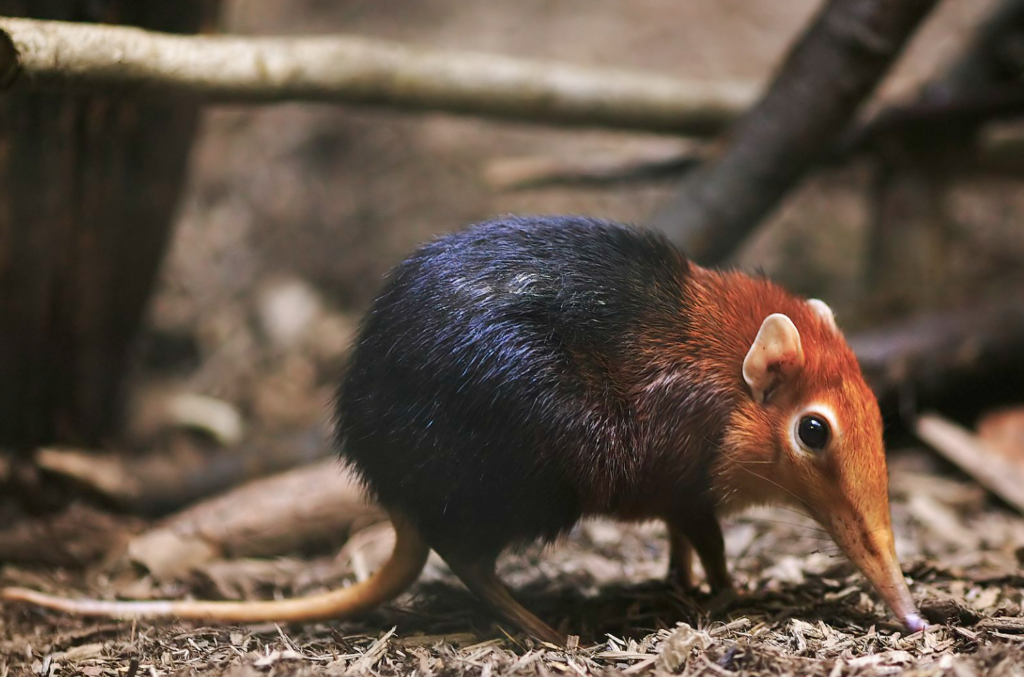
They are also referred to as jumping shrews. They are small insectivorous mammals that are native to Africa. They
belong to the order macroscelidae. An elephant shrew is a small mammal that has a compact body. The head is large
and has a narrow snout. The snout moves in a circular motion and is sensitive. Nostrils are located at the tip of
the nose. The elephant shrew’s ears and eyes are well developed.
17. Elgon shrew
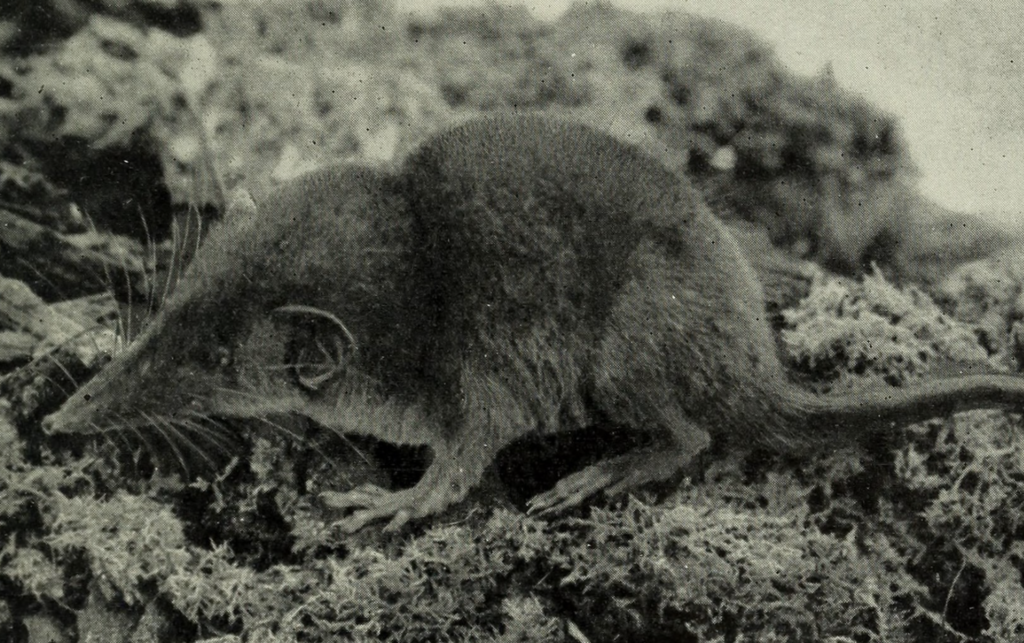
It is a species that belongs to the family of Scricidae. The animal is found in Tanzania and Kenya. Elgon Shrew’s
natural habitat consists of the subtropical and moist tropical mountain forests.
18. Elvira rat
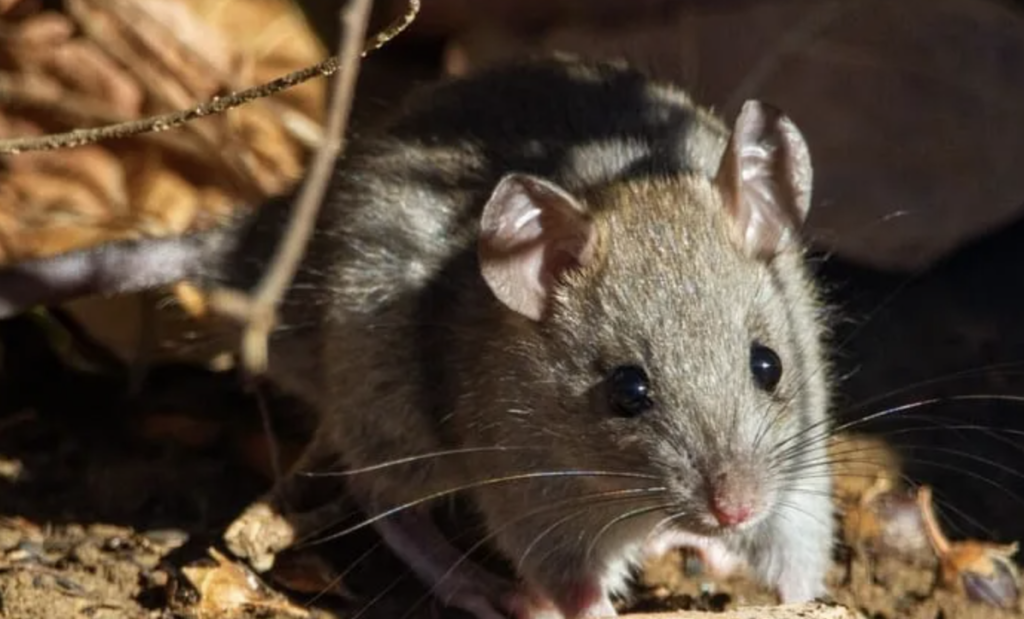
The rat is critically endangered. It belongs to the family of Muridae. It was first described by Sir John Ellerman
back in 1946. The rat is available only in the eastern parts of the Ghats of Tamil Nadu. The rat can reach a length
of 196 mm. The upper parts are brownish-grey, and the underparts are greyish-white. Its tail is bicolored, making the
Elvira rat unique.
19. Emarginate harlequin bat
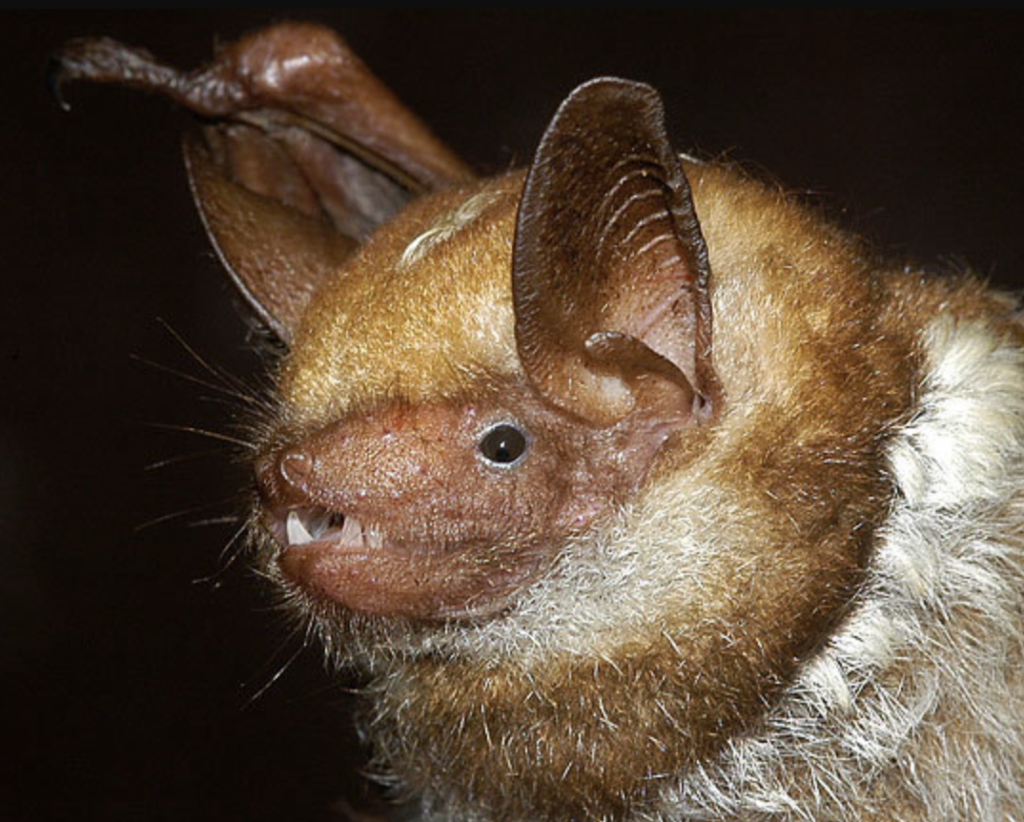
It belongs to the Vespertilionidae family. The bat is available in southeastern Asia from regions such
as India, Vietnam, and China. It lives in caves and forests where it forages for food. The rat is well adapted to
the areas and will be seen hidden in the forests. It is among the species of bats that are widespread.
20. Embi mole rat

The rodent belongs to the family of Spalacidae. It is endemic to Kenya. The natural habitat of the rat is the
subtropical regions. The rat’s broad head, powerful jaw
muscles, and large incisors make it stand out. They use the incisors to dig tunnels where they stay. The naked mole rats can grow up
to 3 inches. Their ability to dig long tunnels makes them well adapted to the tropical regions. They can spend
several hours hiding in their tunnels as a way of avoiding their predators.
The above are some of the animals that start with the letter E; several are out there. We chose a few
from the list. The animals are spread in different parts of the world depending on their adaptations.

